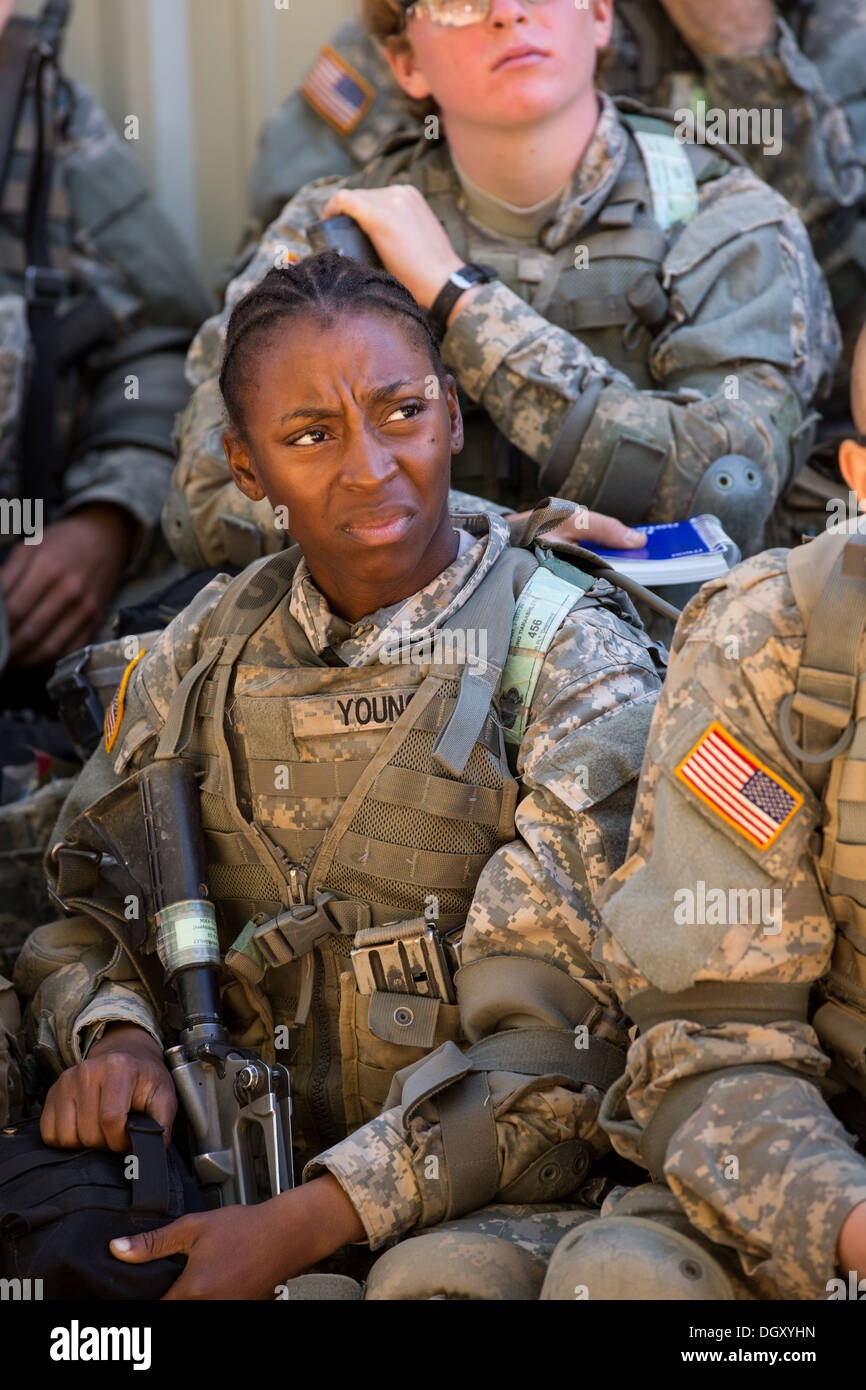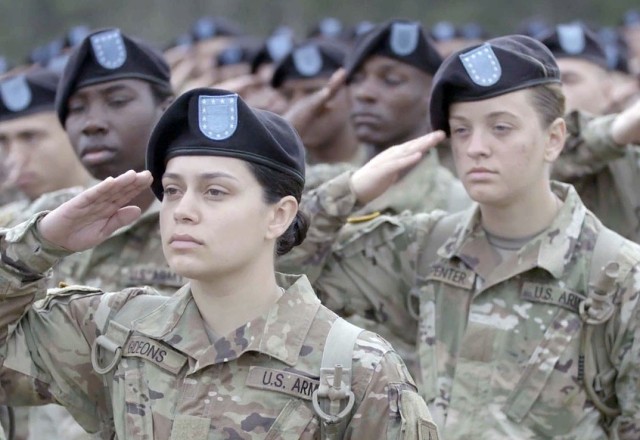Breaking News: Female Recruits Face Rigorous Transformation at Fort Jackson’s Basic Combat Training

In a pivotal moment for gender inclusion in the U.S. military, female recruits are stepping into the demanding world of Army Basic Combat Training at Fort Jackson, South Carolina, where they face an intense, life-altering experience. As the largest basic training center, Fort Jackson is home to approximately 40,000 recruits each year, and the stakes have never been higher.
Today marks the beginning of a new chapter for these women, who now represent nearly one in five active-duty soldiers. The journey starts with “week zero,” a crucial reception day that introduces recruits to the military’s strict standards and expectations. From the moment they arrive, every detail is scrutinized—civilian clothes are exchanged for uniforms, personal belongings are inspected, and phones are confiscated. This is not just an orientation; it’s a transformative initiation into the ranks of the U.S. Army.

Recruits must meet stringent eligibility criteria, including age limits, citizenship status, and educational background. They undergo rigorous medical and physical assessments, ensuring only the most capable individuals embark on this journey. The pressure is palpable as they learn the importance of discipline, teamwork, and resilience, skills that will define their military careers.

Fort Jackson’s drill sergeants—22% of whom are female—are tasked with molding these civilians into soldiers. Each sergeant oversees a platoon of 40 to 60 recruits, monitoring their every action with exacting standards. The training methods have evolved significantly; the Army has replaced the notorious “shark attack” approach with a more supportive initiative that promotes camaraderie from day one. This shift reflects a broader commitment to ethical leadership and inclusivity within military training.

During the first 100 yards exercise, recruits work together to complete challenges that simulate combat scenarios, fostering trust and teamwork under pressure. This is just one of many rigorous tests they face, including physical training that pushes them to their limits—rappelling down 40-foot walls, navigating obstacle courses, and mastering hand-to-hand combat techniques.
Nutrition plays a crucial role in their training, as recruits consume 3,000 to 3,500 calories daily to fuel their demanding schedules. Meals Ready to Eat (MREs) are a staple, designed to provide essential nutrition during field exercises. The Army’s Go for Green nutrition program guides their dietary choices, emphasizing peak performance.
As they progress, recruits learn critical skills, from weapon disassembly to chemical, biological, radiological, and nuclear (CBRN) training. These sessions are not just about physical strength; they are about mental fortitude and the ability to maintain composure under extreme stress.
Mail call provides a rare moment of connection with the outside world, lifting morale as recruits receive letters from loved ones, reminding them of the support waiting beyond these gates. Family day, just before graduation, offers an emotional reunion, showcasing the transformation these recruits have undergone.
As graduation approaches, the culmination of weeks of grueling training is within reach. Recruits will soon earn the title of soldier, a testament to their hard work, discipline, and resilience. This is more than just a ceremony; it is a celebration of their commitment to serve the United States.
The journey at Fort Jackson is not just a military rite of passage; it is a powerful testament to the strength and determination of women in the armed forces. As they prepare to march forward, these recruits are not just stepping into a new role; they are forging a path for future generations of female soldiers. The world is watching, and the future of the U.S. Army is being shaped at Fort Jackson, one recruit at a time.





